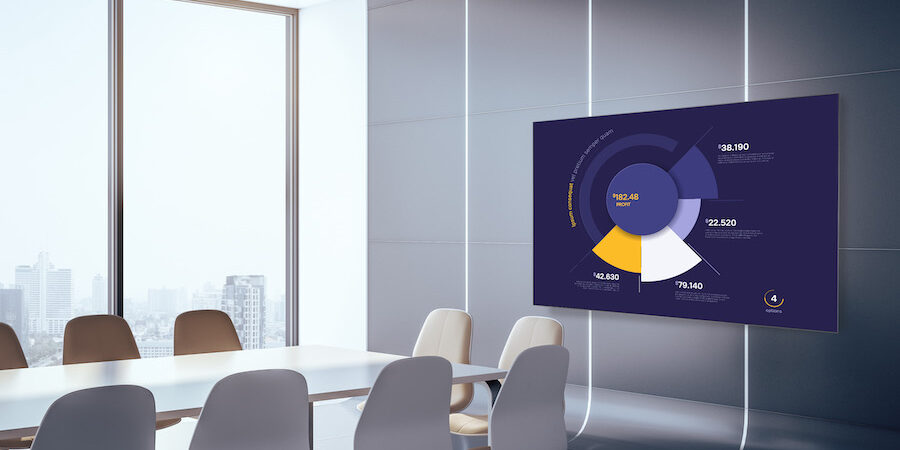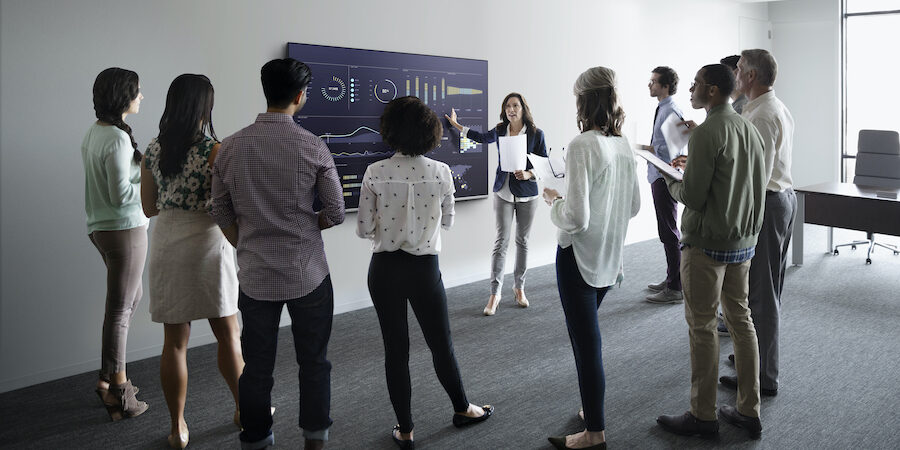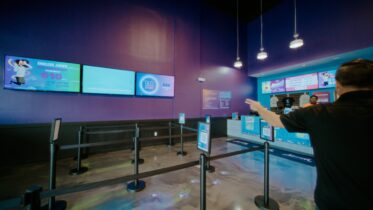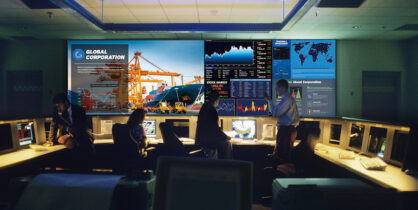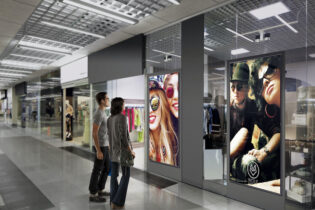The modern workplace is a hybrid office — requiring hybrid workforce technology.
By the end of 2024, 9 out of 10 companies will have return-to-office plans in place, according to a recent study. That doesn’t mean remote work is dead, though. Among respondents whose companies plan to have employees return to the office, only 19% say five days per week will be required. Instead, they are embracing a hybrid schedule.
Indeed, many companies have discovered that a hybrid office could work for them, and work well — especially as they look to meet environmental, social and governance goals such as cutting greenhouse gas emissions. Cornell University, for example, reports that remote workers have a 54% lower carbon footprint than those who trek into the office.
As hybrid work replaces work-from-home in the modern workplace, it’s increasingly clear: The future of the office is centered around a digitally connected environment. Below, explore some of the trends shaping the workforce of tomorrow and the hybrid workforce technology that will make it all possible.
Strategic displays as connection points
Considering work cohorts are likely to be in the office on different days, it is crucial to communicate changing business practices and educate employees about the new hybrid office. Display technology can be a critical tool for that task, helping employers communicate while meeting the evolving needs of employees. It serves as the endpoint of communication and collaboration as businesses introduce new phases.
If your company transitions from assigned workstations to hot desks used on a first-come basis, screens are the most efficient way to manage desk assignments, availability, locations and instructions. These screens are best placed at reception and in the lobby’s seating area, and they should be integrated with the management solutions you use to keep track of desks and meeting rooms.
Visualized performance indicators — informed by everything from business development and sales to production and human resources — can be communicated on-screen in real time. Instead of managers reviewing weekly reports that few people see, the entire workforce sees instant performance reporting, so they always know how things are going.
Display technology is also crucial for sharing information between team members working remotely or connecting teams working from different offices. For example, team members can use Samsung Interactive Pro to run meetings where notes can be digitally saved and shared, content can be pushed from employees’ devices to the screen, and remote attendees have the tools and visibility to be fully engaged.
Reimagine your offices for the hybrid workforce
Walk through the market drivers, societal shifts and technologies of the reimagined office in this free guide. Download Now
Doing more with less
Gone are the days of posting motivational posters on the hallway walls. Organizations may want to embrace a strategy that uses grand-scale direct-view LED displays as architectural finishes instead. Lobby walls can become fully active digital masterpieces with the modular microLED display The Wall for Business or the All-in-One LED IAC, changeable with a few keystrokes. A visually inspiring lobby can make the difference between partial occupancy and a full house — and even help close the deal on recruiting efforts.
Businesses should make sure to remember the workers who won’t be in the office full time — or at all. Having the right screen is just as essential in a home office. Extra widescreen monitors make multitasking a breeze, while curved displays allow for increased focus and improved ergonomics. Some companies are even equipping home offices with interactive whiteboards such as Samsung’s Interactive Pro. This allows, for example, managers to take notes, sketch ideas, annotate documents and review content from other managers’ whiteboards, shared via email or network directory.
The new office watercooler
Digital signage has other uses, too — both in the office and in production areas. The Samsung Interactive Display lets you provide timely or even automated messaging by tying together everything from the content in your digital asset management systems to data and signals from your building control platforms.
Businesses can use Samsung’s MagicINFO, a digital signage content management platform, to create content, schedule messages to play on specific screens and monitor the health of devices. With MagicINFO, managers and IT staff have full control to proactively troubleshoot and update device settings, even if they are out of the office that day. Enhanced data management allows users to track and analyze device data, automate messaging across a signage network and remotely control entire fleets of devices.
Pairing the right technology makes the entire business run more efficiently while creating a truly connected environment where any screen can be your screen. Display devices serve as the connection point between you and a bold new outlook on doing business.
As businesses of all sizes reestablish a new normal, some are returning to long-established norms. But many are leaning into what they’ve learned over the past few years. Leaders are thinking more broadly about how they define and deliver customer experiences, workspaces and their workforce. Forward-looking companies that invest in technology and office layouts that can evolve and adjust help future-proof their business and maximize their ROI.
Find out how Samsung’s Interactive Display can elevate your team’s collaboration from the office to the home. And if you want to take your monitors to the next level, see how much it would cost you to upgrade with this free, short assessment.
